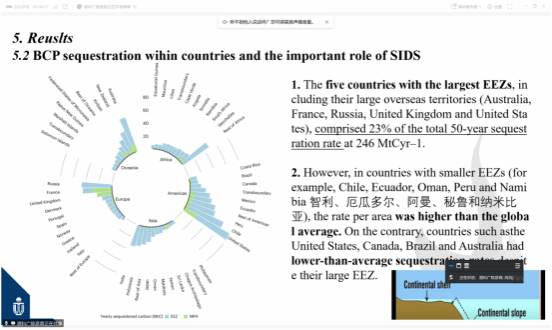时间:2025年6月7(周六)9:00
地点:气候变化与能源经济研究中心会议室
Paper1:赖骏翔 Implementing a provincial-level universal daily industrial carbon emissions prediction by fine-tuning the large language model
摘要:Accurate daily predictions of industrial carbon emissions can improve our understanding of industrial activities. In this paper, we propose a novel approach to predict daily industrial carbon emissions by fine-tuning pre-trained language models. This method constructs a general carbon emissions model applicable to all provinces, providing accurate predictions in natural language format and outperforming traditional carbon emissions models. It achieves Mean Absolute Error (MAE) of 0.005757, Root Mean Squared Error (RMSE) of 0.008982, and Mean Absolute Percentage Error (MAPE) of 5.485714 %. The results suggest that fine-tuned T5 with prompt text significantly improves the predictive accuracy for daily industrial carbon emissions compared with typical multi�layer perception and long short-term memory numerical models. A single model can be adapted to the prediction of industrial carbon emissions in 31 provinces of China.
Paper2:陈彦霖 Reducing supply risk of critical materials for clean energy via foreign direct investment.
摘要:The biological carbon pump (BCP) sequesters vast amounts of carbon in the ocean, but its importance for conservation, climate fnance and international policy has not been properly assessed. Here, using spatial analysis and financial valuation of the BCP service, we estimate that, annually, the BCP adds 2.81 GtC (range 2.44–3.53 GtC) to the ocean with a storage time of at least 50 years (±25 years). This ecosystem service is worth US$545 billion per year (US$471–694 billion) in areas beyond national jurisdiction and US$383 billion per year (US$336–471 billion) within all exclusive economic zones, where the sum of its discounted values for 2023–2030 is US$2.2 trillion (range US$1.9–2.7 trillion). These results quantify the climate and economic importance of the BCP and the important role of large ocean states in carbon sequestration. These findings can support discussions in climate finance and in the COP global stocktake for climate action.
